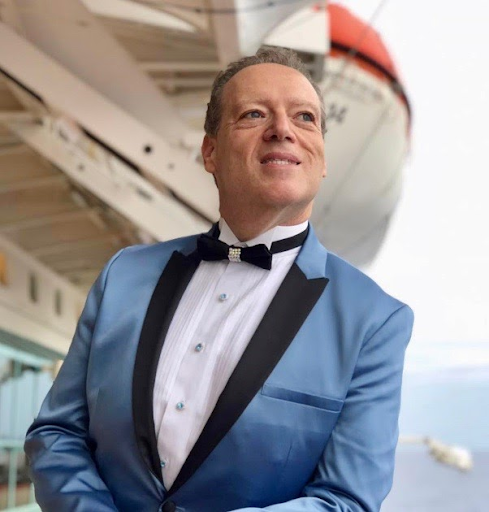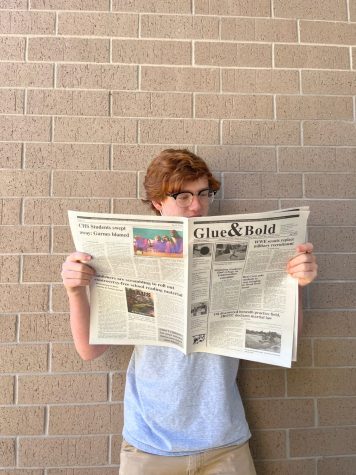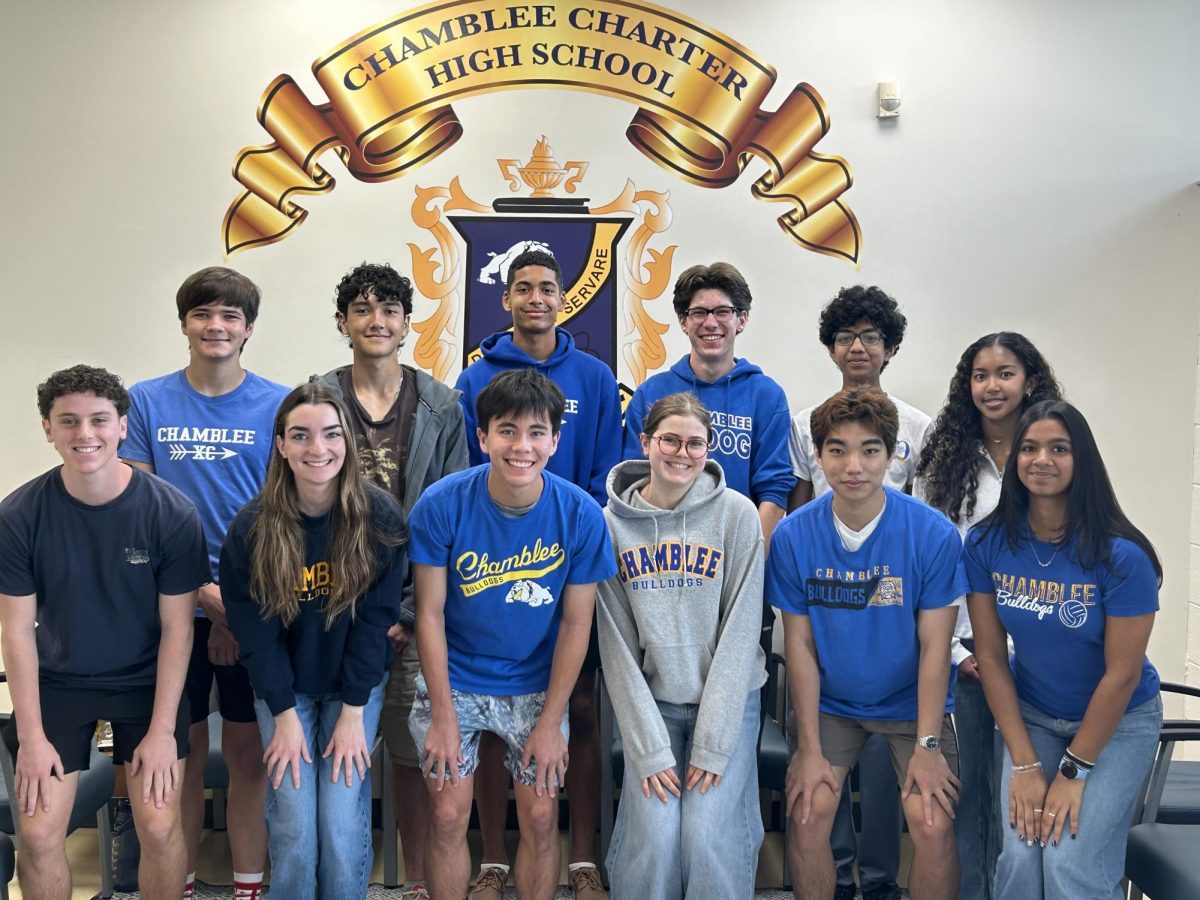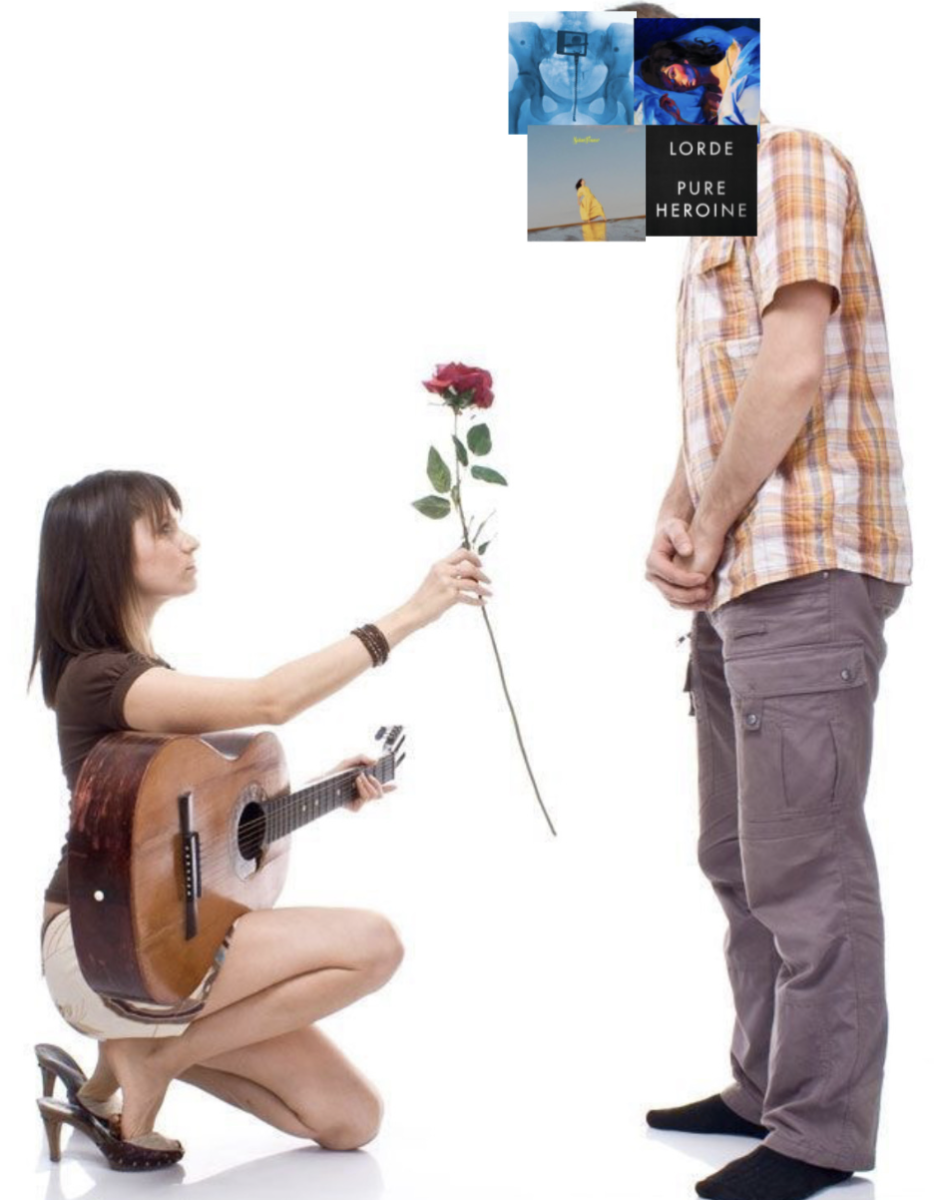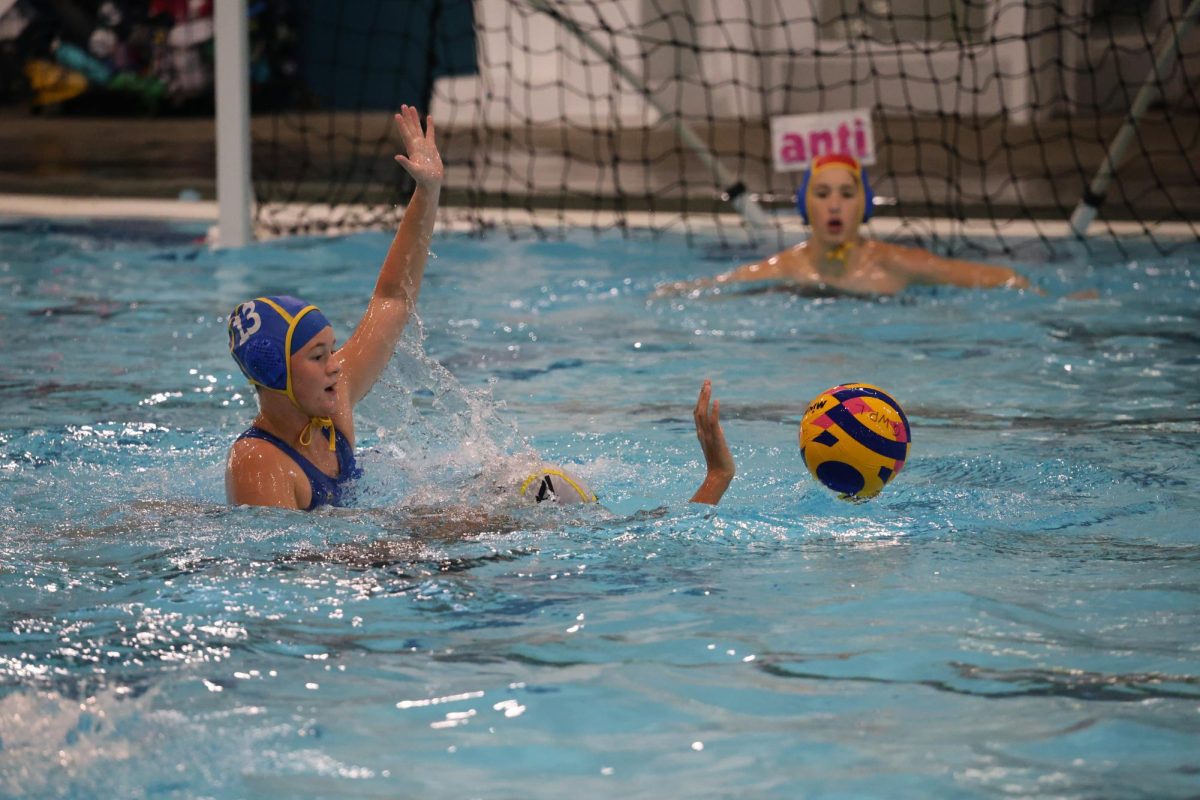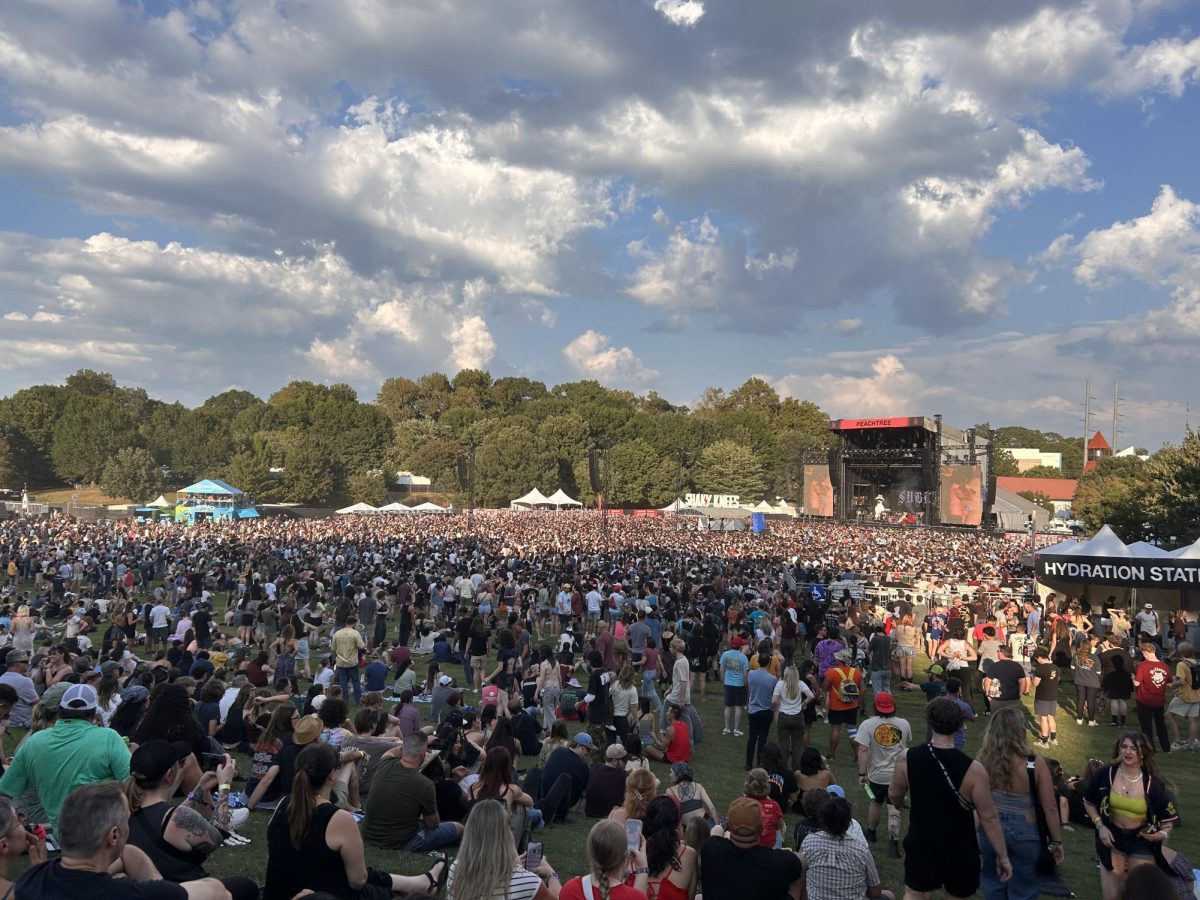The Motion of Things: Chamblee’s New(ish) Math Teacher
August 25, 2021
Even though this is technically his second year teaching at CHS, Lior Burko is one of Chamblee’s newest math teachers. He currently teaches AP statistics and analytical geometry from his classroom on the fourth floor. Before teaching at Chamblee, however, he taught physics at Georgia Gwinnett College, where his position was decidedly different.
“Well, in the beginning, I pursued an academic career, which was directed mostly towards research. And then in academia, to be a faculty and do research, you also need to teach,” said Burko. “So [at] research universities, professors mostly do research and then a minority of the time, twenty percent or so of the time, is teaching. So at first when I was teaching, it was only that limited scope. Most of my time, I was doing research.”
During his time at Georgia Gwinnett College, Burko found that he enjoyed teaching. This passion is what led him to try and find a job at a high school.
“I discovered that I enjoy teaching very much, […] and after five years, I left Georgia Gwinnett College, and then I transitioned into teaching high school,” said Burko.
Teaching at a college or university differs greatly from teaching at a high school.
“First, the students are adults. Not children. That’s a big difference. Because of that, you do not interact [… ] with parents almost at all, or very, very rarely,” said Burko. “Third difference, big difference, is that in academia, faculty have academic freedom. They can teach whatever they want, there are no state standards or district standards.”
Now, he exclusively teaches math. The transition wasn’t too difficult, since physics and math are heavily involved with one another.
“I think it wasn’t a hard transition. […] Physicists usually are very good with math. So even though I don’t have a mathematics degree, all my degrees are in physics, I’ve learned and used enough math over my career that would probably make my master count comparable to a graduate education in mathematics, so it wasn’t hard at all for me to transition [to] teaching mathematics,” said Burko.
Of course, Chamblee’s new addition was overshadowed by the COVID-19 crisis.
“Last year was my first year. [It] was not an easy year for anyone. I know it wasn’t easy for students. But it also wasn’t easy for teachers or for admins. This year, the experience is totally different. It’s totally different having the students face to face than having to interact with them online. So even though it’s my second year at Chamblee, it feels like it’s the first because it’s a totally different experience,” said Burko. “The contact with actual living human beings is much better than [an] avatar on the teaching platform.”
This year Burko also teaches different classes, namely AP statistics. This change brought about a whole new set of challenges largely having to do with the College Board’s treatment of AP classes and exams.
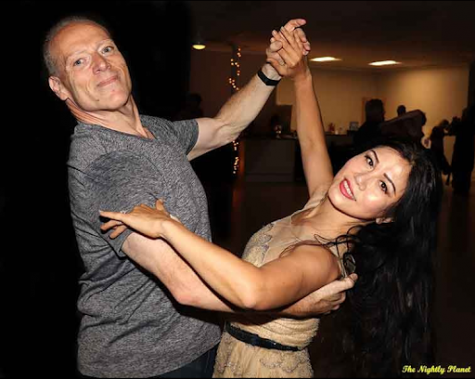
“It’s the first time that I’m teaching an AP course. When you teach an AP class, you have to take into mind the idiosyncrasies of the College Board- how they like grading, what the scoring guidelines are- and train the students to answer such that they would be scored the highest possible score,” said Burko. “AP statistics is perhaps a little easier for me. Because of my long career teaching college and [since] AP classes are college-level [classes], I feel very much at home there.”
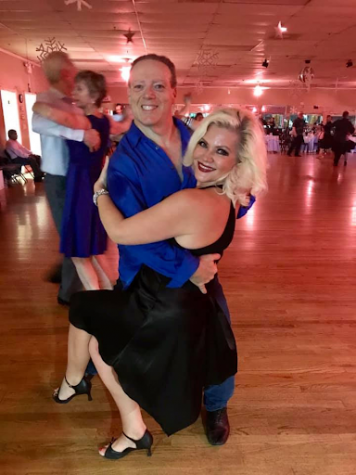
During the pandemic, he taught advanced math decision making, which deals with the practical applications of math in everyday life.
“It’s a course which is built on everyday application. The purpose is to teach everyday applications of mathematics. [This] includes how to calculate your taxes, how to do some statistics and probability calculations, [and] how to estimate. […] I thought it was fun,” said Burko.
Indeed, he applies his knowledge of math and physics outside of school to his favorite hobby: ballroom dancing.
“[My] number one [hobby] is ballroom dancing. Also salsa and tango, but mostly ballroom dancing […] It happened that someone asked, ‘how do you do this dance pattern?’ and they say, ‘well, you need to have a common axis because then your angular momentum would be maximized.’ So, we use physics terminology in order to describe how certain dance movements happen,” said Burko.
As Burko dances his way into the school year, Chamblee Math prepares to introduce his unique ‘spin’ on things to the department.

